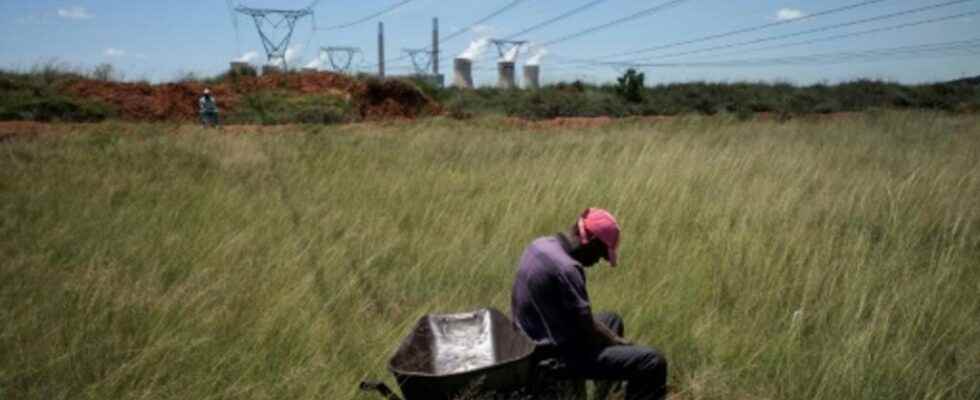The electricity crisis is worsening even more in South Africa. Homes, shops and businesses are without electricity for up to ten hours a day, for an indefinite period.
With our correspondent in Johannesburg, Roman Song
President Cyril Ramaphosa has canceled his working visit to the World Economic Forum in Davos to call an emergency meeting around the electricity crisis. Logic: how to attract foreign investors when his country is no longer able to provide them with unlimited access to electricity?
Because the whole economy of the country is affected. Baking bread has become a difficult task for Micheal Hartslief. This baker has no other solution than to adapt to the rare hours when there is electricity. “ The generators are not powerful enough to power the bread ovens, nor to operate the coffee machines which nevertheless represent 80% of our work. »
Businesses, like businesses, cannot afford to interrupt their activity. In this SME where we sell steel, a generator allows us to continue working. Diesel consumption is very expensive, but it is essential, explains Henry Ohams, a manager: ” We have to cut steel, we have to operate the crane, we have to issue the invoices, so we need them. This situation is frustrating, it’s hopeless. »
Multinationals are not spared. In this company of the Saint-Gobain group, the manufacture of plasterboard is regularly interrupted by load shedding. It’s a huge loss, laments Christo Smith, industrial director of Saint-Gobain in South Africa: “ For each shedding, we lose two hours of work in addition to the shedding. When power cuts reach level 6, we lose up to 70% of our production capacity. »
Faced with the scale of the problem, the Minister of Finance acknowledged the obvious: the intensity of load shedding has a disastrous effect on the economy “.
But why this electricity problem in South Africa, one of the first economic powers of the continent? Part of the answer with the economist Claude Baissax.
Yesterday we were without electricity in Johannesburg for more than twelve hours. It’s about permanently removing 6 gigawatts from the system, but even that is not enough. Today, between a quarter and a third of the state monopoly power generation fleet is unavailable for a variety of reasons. It does not produce enough electricity for basically two reasons. The first is that there has been no investment by the state, the owner-shareholder of Eskom, which has had a monopoly since around the 1990s. ancient. The vast totality is cahrbon […] The second problem is the huge production that began to manifest itself mainly when Jacob Zuma became president […]
